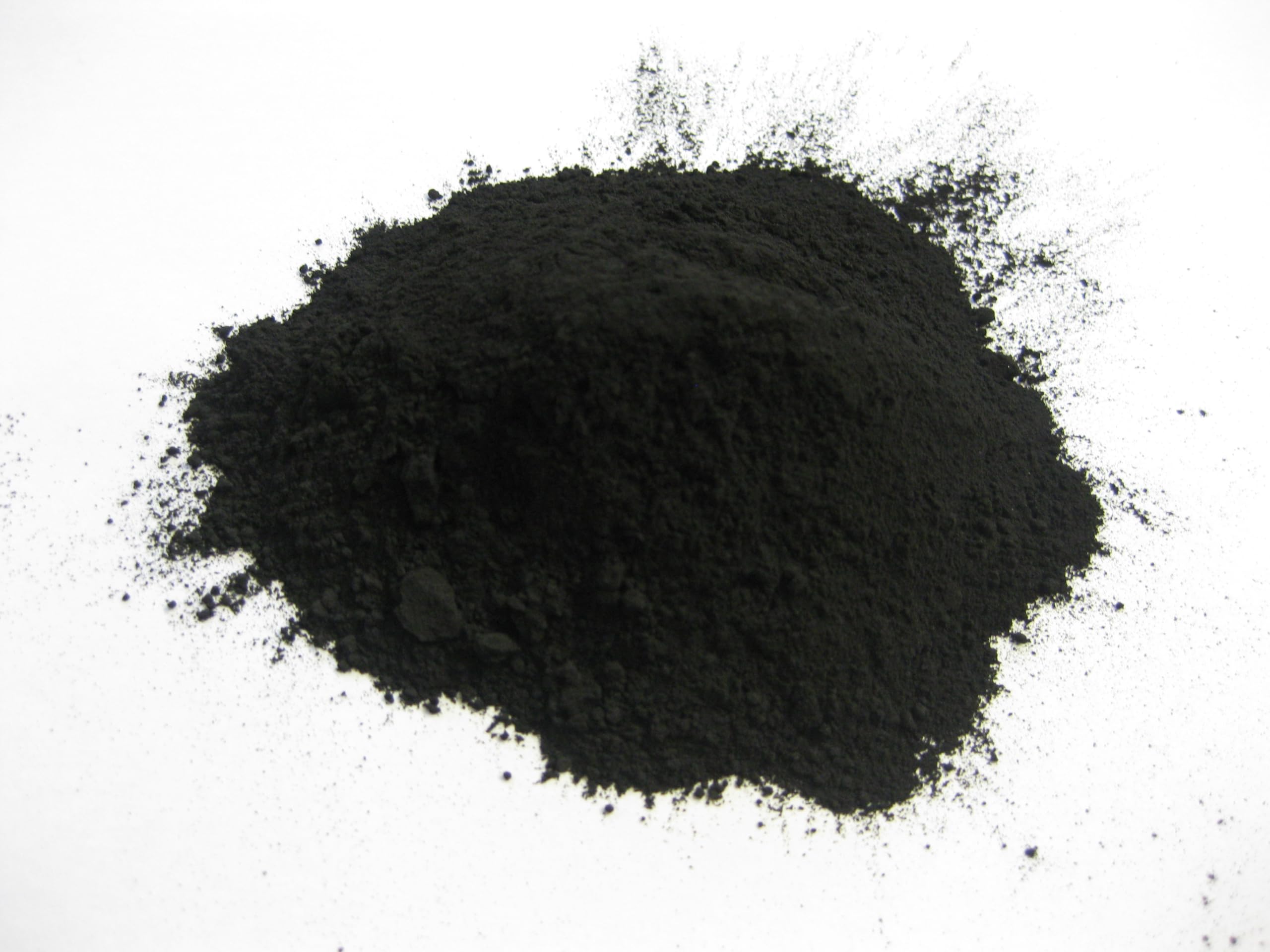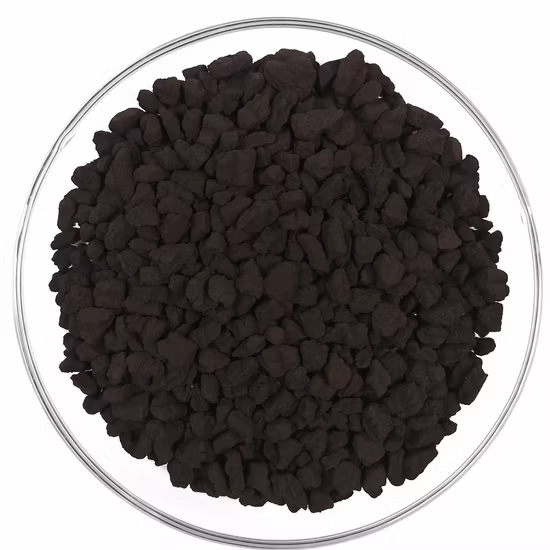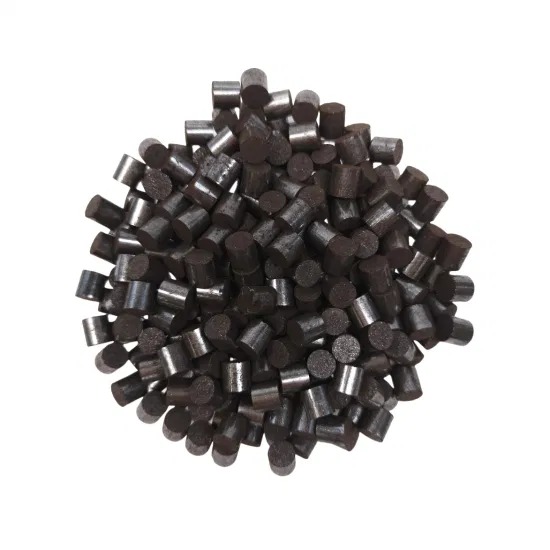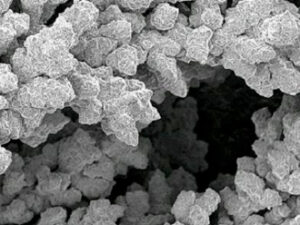Description
The Unsung Hero of Catalysis: Manganese Oxide and its Diverse Applications
In the world of chemistry and materials science, catalysis plays a critical role in driving reactions, optimizing processes, and enabling advancements in various industries. While precious metals like platinum and palladium often steal the spotlight, a more humble, yet equally powerful, catalyst deserves recognition: Manganese Oxide (MnOₓ).
Manganese oxide, a compound formed from manganese and oxygen, exists in a variety of phases with differing structures and oxidation states (MnO, Mn₂O₃, MnO₂, etc.), each offering unique catalytic properties. This diversity in oxidation states is precisely what makes MnOₓ such a versatile and attractive catalyst.
Why Manganese Oxide? Advantages & Benefits:
- Earth Abundance & Low Cost: Unlike rare and expensive precious metals, manganese is a relatively abundant element, making MnOₓ catalysts a more cost-effective and sustainable option.
- Environmental Friendliness: Manganese oxide is generally considered less toxic than many other metal oxide catalysts, offering a greener alternative for various applications.
- Tunability & Tailoring: The catalytic activity of MnOₓ can be fine-tuned by controlling factors like particle size, morphology, surface area, and the presence of dopants. This allows for the development of highly specific catalysts for targeted reactions.
- Redox Properties: Manganese’s ability to readily switch between multiple oxidation states facilitates redox reactions, which are fundamental in many catalytic processes.
From Air Purification to Energy Storage: A Wide Range of Applications:
The unique properties of manganese oxide catalysts have led to their widespread use in a diverse range of applications, including:
- Air Purification: MnOₓ catalysts are highly effective in removing volatile organic compounds (VOCs), nitrogen oxides (NOx), and carbon monoxide (CO) from exhaust streams, contributing to cleaner air quality. They are commonly used in catalytic converters, air purifiers, and industrial emission control systems.
- Water Treatment: MnOₓ is employed for the removal of heavy metals, dyes, and other pollutants from water sources. Its oxidizing properties can break down organic contaminants and facilitate the precipitation of dissolved metals.
- Organic Synthesis: MnOₓ finds application in various organic reactions, including oxidation reactions, selective alcohol oxidation, and C-C bond formation. Its tunability allows for the development of catalysts that promote specific reactions with high selectivity.
- Energy Storage: Manganese oxide materials are increasingly used in energy storage devices such as batteries and supercapacitors. Their high surface area, excellent redox activity, and low cost make them promising candidates for future energy storage technologies.
- Decomposition of Hazardous Compounds: MnOₓ catalysts are efficient in decomposing hazardous compounds like ozone and hydrogen peroxide into less harmful substances.
Current Research and Future Directions:
Ongoing research is focused on further enhancing the performance and broadening the application of MnOₓ catalysts. This includes:
- Developing novel synthesis methods: Researchers are exploring new synthesis techniques to create MnOₓ catalysts with tailored morphologies, increased surface area, and improved stability.
- Doping and functionalization: Introducing dopants or functional groups to MnOₓ materials can further enhance their catalytic activity and selectivity.
- Understanding reaction mechanisms: Deepening our understanding of the reaction mechanisms involved in MnOₓ catalysis will enable the development of more efficient and targeted catalysts.
- Combining with other materials: Hybrid materials that combine MnOₓ with other catalysts or support materials can synergistically enhance their performance.
Conclusion:
Manganese oxide catalysts, with their unique combination of affordability, environmental friendliness, and versatile catalytic properties, represent a vital tool in various industries. From air purification to energy storage, MnOₓ plays a significant role in addressing environmental challenges and enabling technological advancements. As research continues to unravel the full potential of this fascinating material, we can expect to see even wider adoption of MnOₓ catalysts in the years to come, making it a true unsung hero of catalysis.













Reviews
There are no reviews yet.